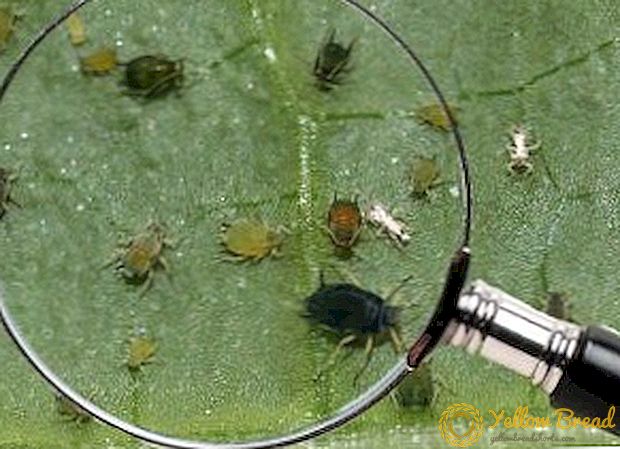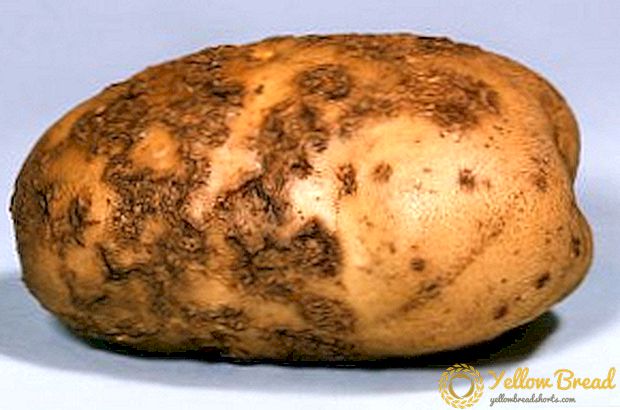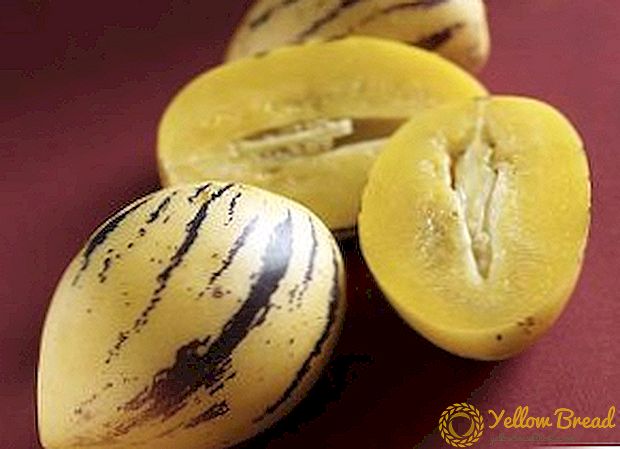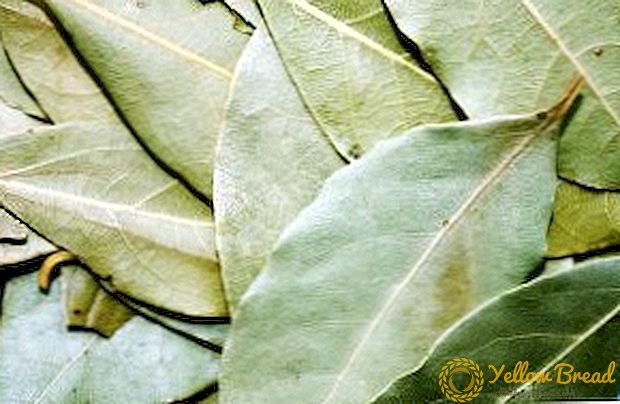 In each kitchen there is a bag of dry bay leaves.
In each kitchen there is a bag of dry bay leaves.
Well-known seasoning actually has a very large range of applications.
Bay leaf has valuable medicinal properties and can help to cope with diseases and cosmetic problems, but with such use it is necessary to take into account contraindications.
- Chemical composition and nutritional value of bay leaf
- Pharmacological properties of laurel, how to use the plant in modern medicine
- The use of laurel in folk medicine
- Treatment of diseases of the musculoskeletal system
- How to treat colds and flu
- The use of laurel in the treatment of diseases of the throat and nose
- How can laurel help with heartburn
- The use of laurel in gynecology
- How to apply laurel in dentistry
- Bay leaf and cosmetology
- Aromatic bath with laurel
- Laurel and facial skin
- Bay leaf for hair
- Bay leaf in cooking
- Laurel: preparation of medical raw materials
- Contraindications and side effects of bay leaf
Chemical composition and nutritional value of bay leaf
Leaves of laurel of the family of Laurel are used as a spice.All parts of the plant of this plant contain resins, tannins, essential oils, bitterness.
The chemical composition of bay leaves is quite extensive:
- Vitamins: A, B1, B2, B6, B9, C, PP.
- Macronutrients: potassium, calcium, magnesium, sodium, phosphorus.
- Trace elements: iron, manganese, copper, selenium, zinc.
- Acids: fatty acids (Omega-3 and Omega-6), saturated, monounsaturated and polyunsaturated fatty acids.

Pharmacological properties of laurel, how to use the plant in modern medicine
Bay leaf has a whole list of medicinal properties: antiseptic, hemostatic, anti-inflammatory, anti-edema, hypoglycemic, diuretic; Laurel is able to increase the protective functions of the body and strengthen the immune system, improves appetite and digestion, lowers high temperature and blood pressure, reduces nausea.
Modern official medicine almost never uses laurel.Noble laurel is not a pharmacopoeial plant, and essential oil is used for research in experimental pharmacology.
According to the State Register of Medicines of Ukraine, an allergen from bay leaf is used in injectable preparations for the diagnosis of allergy.
Some manufacturers of herbal remedies use laurel essential oil in the manufacture of anti-inflammatory ointments for muscles and joints, as well as for veterinary ointments. 
The use of laurel in folk medicine
Deprived of attention from the official practice, bay leaf, due to its properties and accessibility, has found wide application in traditional medicine. There are many different recipes with its use.
However, to apply such tools should be careful and remember that they are often just auxiliary, and sometimes unsafe. In case of an overdose, bay leaf poisoning is possible.
Treatment of diseases of the musculoskeletal system
To relieve pain and reduce inflammation in the joints, it is recommended to rub into the skin laurel essential oil. 
With arthritis and joint pains prepare infusion: 5 g of leaves are poured with boiling water (1.5 cups), slightly boiled and infused in a thermos for 3 hours. Accept small parts throughout the day. This infusion helps the body to cope with the deposition of salts.
Also, for treatment, you can buy gels and ointments with laurel extract or prepare them at home. Ointment do this way: mix in a ratio of 1: 2 ground bay leaves and butter, melt the mixture in a water bath, strain and cool.
How to treat colds and flu
Bay leaf can be an assistant in the fight against colds, which helps decoction from a spoonful of crushed leaf and half a liter of boiling water. It should be boiled for 20 minutes on low heat, strain and drink half a cup before a meal. This decoction helps to improve the immune system.
For preventive purposes, a few drops of essential oil can be applied to the wings of the nose, temples and middle of the forehead and breathe well in pairs.
Saucer with laurel extract or aroma lamp with essential oil can be placed in the room to disinfect it.
The use of laurel in the treatment of diseases of the throat and nose
As an adjunct in the treatment of sinusitis, warm compresses with laurel infusion and inhalation with decoction or laurel essential oil are used. 
Chewing bay leaves will help alleviate the pain of sore throat and inflammation of the mucous membranes of the throat.
Broth bay leaf is used for gargling in sore throat.
How can laurel help with heartburn
Reduce the discomfort during bouts of heartburn, you can use infusions.
- A teaspoon of crushed bay leaf, a teaspoon of oregano herb, 400 ml of boiling water. Hold for 15 minutes and strain. Take 2 tablespoons three times a day before meals.
- A teaspoon of crushed bay leaf, 2 teaspoons of chamomile, 2 teaspoons of St. John's wort, a liter of boiling water. Insist 3 hours. Take 1 tablespoon.
- 1-2 fresh bay leaves, 150 ml of boiling water. Infuse for 15 minutes, drain, a tablespoon of broth mixed with 100 ml of mineral water.
The use of laurel in gynecology
Women have long used bay leaf to normalize the menstrual cycle. 
Due to stress, illness, weight loss, climate change, or time zones, sometimes menstruation is delayed. Or vice versa: for greater convenience, before a business trip, vacation or important event, women want to cause critical days earlier. In such situations, the assistant will be infusion or decoction of laurel leaves. There are several recipes for this medicine.
- 40-60 sheets pour two glasses of water, boil and boil for half an hour on low heat. When the decoction has cooled, it must be drained. Take the remedy before a meal, a day you need to drink one glass of broth.
- For half a liter of water you need to take a pack of bay leaves (10 g). Within an hour, the broth is boiled over low heat. Next, you need to filter and drink 1 cup.
How to apply laurel in dentistry
The medicinal properties of bay leaf are used in the treatment of periodontal disease and stomatitis. 
Its taste is unpleasant, but it can kill germs and reduce pain.
For dental problems, use rinsing the mouth with a decoction of bay leaf, for which you should take a liter of water and a tablespoon of bay leaf, boil for 10 minutes, cool and rinse your mouth several times a day.
With stomatitis, you can also simply chew bay leaf.
With pulpitis, you can use infusion of bay leaves. It is necessary to grind a few sheets, pour boiling water, insist and strain. When exacerbation of pulpitis, rinse your mouth with warm (but not hot) fluid.
Bay leaf and cosmetology
 Today, it is possible to find alcohol-glycerin extract of bay leaf for the preparation of homemade cosmetic products, but more often it is simply dry leaf or essential oil that is used for this purpose. Cosmetics from "Lavrushka" has contraindications in the presence of an allergy to bay leaf.
Today, it is possible to find alcohol-glycerin extract of bay leaf for the preparation of homemade cosmetic products, but more often it is simply dry leaf or essential oil that is used for this purpose. Cosmetics from "Lavrushka" has contraindications in the presence of an allergy to bay leaf.
Aromatic bath with laurel
Baths with a bay leaf take children and adults. Decoction of laurel helps babies with the appearance of lesions on the skin, relieves inflammation, soothes. For a baby bath, a decoction of 7-10 sheets is prepared and added to bathing water.
For adults, aromatic baths help to strengthen the immune system, cope with skin problems (cuts, wounds, psoriasis, excessive sweating), nervous system (insomnia, stress, depression). In not too hot water for the bath add a decoction of 20-30 sheets, infused for an hour. Take this bath is recommended 20-30 minutes.
Laurel and facial skin
The use of cosmetics with laurel for the face allows you to solve many problems: narrow pores, clean, lighten freckles and age spots, tone up the skin, improve metabolism, reduce fat content and cure inflammation.
Tonics, lotions and masks for oily and problem skin:
- Problem skin is wiped with usual decoction of bay leaves and water (in a 1: 1 ratio). For an additional tonic effect, you can freeze the liquid and wipe your face with ice cubes. With increased oily skin in a tonic, you should add a spoonful of alcohol.
- Put bay leaves in a jar, pour hot water over it, leave for a few hours and strain.Add rosemary and tea tree essential oil. If you wipe your face with such a tonic every day, it will help to narrow pores, destroy inflammation and shine.
- To make a lotion, an infusion is made from a glass of water and several bay leaves, in which lemon juice and alcohol are added (two tablespoons).
- Mask for narrowing the pores and tightening the skin: mix one tablespoon of broth with one teaspoon of honey, egg white, olive oil and lemon juice (10 drops). Apply for half an hour.
- Mask: two tablespoons of cosmetic clay mixed with infusion of laurel leaves.

Masks and creams to moisturize dry skin:
- Mask with gelatin: pour a tablespoon of gelatin with a decoction of bay leaves, after a while add a teaspoon of glycerin and mix. Apply to face for 20 minutes.
- Mask with oatmeal: first you need to prepare the basis of the infusion of crushed bay leaves (two tablespoons) in heated olive oil (100 g). The mixture must be kept for 24 hours and stored in the refrigerator. For the mask you need to take a little oil mixture and add a little ground oatmeal. Apply to face for 20 minutes.
- Sea buckthorn mask: mix bay leaf infusion with sour cream and sea buckthorn oil.
Bay leaf for hair
In hair care, bay leaf exhibits many properties: firming, regenerating, stimulating, antiseborrheic, regulates the sebaceous glands.
The simplest way to care for hair - fragrant oilinfused on a bay leaf. You can cook it or buy ready-made essential. For its preparation, you need to chop 20 bay leaves and pour a glass of vegetable oil (olive, burdock, linseed) and insist for several days (preferably a week). 
A few drops of this oil can be added to shampoos and balms for a firming effect or make masks of it. For this purpose, the oil should be rubbed into the roots of the hair, a plastic bag should be put on the head and wrapped in a towel or a warm scarf. After a few hours you need to wash your hair. This mask helps dry and weak hair.
To strengthen the hair mask is prepared: add two tablespoons of honey to the infusion of two tablespoons of bay leaf. The mixture is applied to the entire length of hair, an hour later washed off with shampoo.
It is useful to rinse oily hair after washing with a weak laurel decoction from a tablespoon of crushed leaves and a liter of water. Broth need 5 minutes to boil on low heat, cool and strain.
Bay leaf in cooking
Due to the pleasant spicy smell and bitter taste, bay leaf is a well-known and very common seasoning. The most popular spice in cooking is dry leaf, sometimes used fresh leaves, dried fruits and ground dry leaves.
Bay leaf is used to flavor soups, borscht, broth, vegetable dishes, meat, fish, seafood, sauces. 
Essential oils of bay leaves quickly evaporate, so during the preparation of the first dishes, the bay leaves should be laid 5-10 minutes before being ready, you can put the stew in the middle of the process. Usually add a few leaves. It is desirable to remove the sheet from the finished dish.
Laurel is often used in pickling and preserving vegetables, meat and fish, salting lard. It not only enriches the preservation with spicy aroma, but also helps it to be stored longer due to its antiseptic properties.
In the food industry, bay leaf is an ingredient in mustard, sauces, canned fish, stews, sausages, pates. It usually uses ground leaf.
Laurel: preparation of medical raw materials
The greatest amount of essential oils in laurel leaves is contained from November to December. Leaves collected from plants that have reached 4-5 years. Healthy leaves - dark green, without impregnations, with a strong smell. 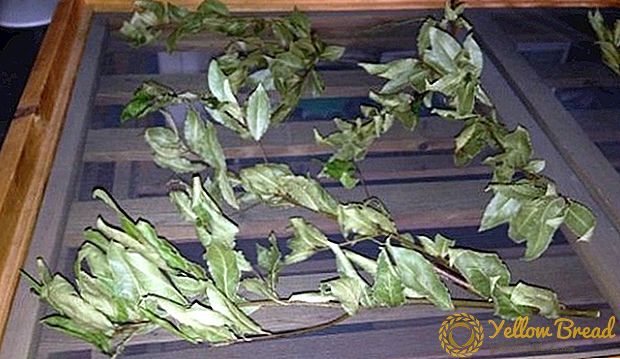
In 5 to 10 days of drying in natural conditions, the leaves completely dry. With artificial drying, the temperature should not exceed 40 ° C. Store dry leaves is recommended in a glass jar with a lid in a cool, dark place.
If the bay leaf has a brownish tint, it means that it has already lost its flavor, and its beneficial properties are minimal.
Laurel essential oil is obtained after hydrodistillation of fresh leaves and flowers.
Contraindications and side effects of bay leaf
Substances contained in the laurel, provoke uterine contractions, than it can be very dangerous for pregnant women: laurel leaf decoction can cause severe bleeding and miscarriage. The use of laurel is not recommended during lactation. 
Unpleasant side effects from the use of bay leaf occur in people prone to allergies: pain in the abdomen, indigestion, itching in the throat and on the skin, rashes, similar to urticaria.
Bay leaf treatment has contraindications in diseases of the liver and digestive system (peptic ulcer, intestinal obstruction, constipation), renal failure, severe diabetes.
Mistresses have long known that the most unleavened soup will be saved by adding seasonings to it, and eating a dish with the delicate spicy aroma of bay leaf means not just to satisfy hunger, but also to enjoy it.If you know all the subtleties of using this spice, bay leaf will help to achieve culinary success and improve health.

